Your local broker knows your market inside and out — the nuances of neighborhood dynamics, relationships with key players, and insights that come only from years of boots-on-the-ground experience. That expertise remains invaluable. But what about the buyer in Singapore evaluating U.S. commercial assets, the tenant expanding across five states simultaneously, or the institutional investor comparing opportunities in a dozen markets? It’s through these examples, and many more, that the value of a global real estate network becomes apparent.
A global real estate network provides a seamless flow of information, resources, and opportunities that local markets alone simply cannot match. Today’s most sophisticated commercial real estate transactions increasingly require both deep local knowledge and expansive market reach.
Today, SVN International® explores five capabilities that separate global networks from even the best local brokerages.
Access to National and International Buyer Pools
The perfect buyer for your property might be 2,000 miles away, or on another continent entirely.
A global real estate network exposes properties to exponentially larger pools of qualified buyers and tenants. Access to a broader pool of buyers and sellers increases chances of finding the perfect match for properties, particularly specialty assets, high-value opportunities, and investment-grade portfolios that appeal to institutional capital.
Consider the industrial portfolio owner in Texas whose properties attract European institutional investors through international network connections. Or the boutique hospitality asset that reaches global hospitality investors who would never appear in local broker databases. National retailers identify multi-state expansion opportunities through coordinated network intelligence that no single local broker could provide.
Even exceptional local brokers operate primarily within their regional sphere. They market to their database, their contacts, and their market participants. They miss the buyers who’ve never considered your market — or don’t yet know they should.
Cross-Market Intelligence and Trend Visibility
Global markets often move independently, offering access to diverse macroeconomic environments and non-correlated performance drivers. This creates strategic advantages for investors who can see beyond single-market dynamics.
Real-time intelligence from advisors across diverse markets reveals emerging trends early. When industrial demand shifts in one region, network-connected brokers in other markets recognize comparable patterns developing locally. When office utilization evolves in coastal cities, landlords in secondary markets gain advance visibility into coming changes.
By taking a global view, investors can access different real estate cycles and benefit from the strongest thematic trends. Developers spot industrial opportunities in Southeast markets before local competitors recognize patterns. Investors compare cap rates across Sun Belt cities with ground-level data from multiple market experts simultaneously. Office landlords learn about tenant space requirements evolving in comparable markets, informing their own repositioning strategies.
Local brokers see one data point — their market. Networks see patterns across dozens of markets simultaneously, providing context that transforms information into intelligence.
Coordinated Multi-Market Transactions
When transactions span multiple cities, states, or countries, coordination becomes critical to success.
Portfolio transactions, corporate dispositions, and multi-market acquisitions require synchronized representation across locations. This means consistent service standards, unified communication protocols, and strategic alignment, all while maintaining deep local market expertise in each location.
For example, healthcare REITs can dispose of medical office portfolios across seven states with coordinated local execution teams ensuring uniform marketing, consistent negotiation strategies, and synchronized closings. Private equity firms acquire multifamily portfolios spanning regional markets through teams that collaborate rather than compete. Corporations execute simultaneous sale-leaseback transactions for distribution facilities nationwide, requiring precise coordination across multiple markets and property types.
Managing multiple disconnected local brokers creates communication gaps, inconsistent strategies, timing misalignment, and duplicated efforts. A cohesive global real estate network provides single-point accountability while deploying local expertise where it matters most.
National Tenant and Occupier Relationships
The tenant considering your market might already be working with network brokers in their current location — giving connected advisors early intelligence about expansion plans.
Networks maintain direct relationships with national and regional companies actively seeking space across multiple markets. This provides advance visibility into corporate expansion, relocation, and consolidation plans that local brokers only learn about through public announcements or RFPs.
Some examples: Class A office properties connect with Fortune 500 companies through network relationships that originated in different markets. Cold storage facilities secure national grocery chain tenants via enterprise retail client relationships cultivated across the network. Flex space developments pre-lease to expanding e-commerce businesses connected through logistics-focused network advisors who understand evolving distribution strategies.
Local brokers wait for tenants to discover their market through traditional channels. Network brokers actively match opportunities across their system, creating value for both landlords and tenants through coordinated intelligence.
Specialized Expertise Across Property Types
Niche properties require specialized knowledge that local generalists may not possess, regardless of their market expertise.
Networks provide access to advisors with deep expertise in specialty property types, from aviation facilities and data centers to cold storage and agricultural land. This expertise sharing extends beyond individual transactions to include best practices, valuation methodologies, and buyer/tenant connections specific to unusual asset classes.
Even exceptional local brokers may lack expertise or buyer connections for highly specialized asset classes that represent small percentages of local market activity but require deep technical knowledge for successful transactions.
SVN®: The Best of Both Worlds
The most successful commercial real estate transactions don’t choose between local expertise and global reach; they leverage both strategically.
Deep local market knowledge remains irreplaceable. Understanding neighborhood dynamics, local development pipelines, municipal relationships, and market-specific tenant requirements cannot be replicated remotely. But that essential local knowledge becomes exponentially more valuable when connected to a global real estate network with broader buyer and tenant pools, multi-market intelligence, coordinated transaction capabilities, specialized expertise, and institutional resources.
SVN’s Shared Value Network® model demonstrates this balance in practice. We utilize 225+ offices with over 2,000 advisors maintaining local market control and entrepreneurial independence while proactively sharing opportunities, intelligence, and relationships across the entire system. This collaborative approach creates transaction value that isolated local brokerages simply cannot replicate, regardless of individual broker quality.
The framework prioritizes cooperation over competition among network members, fee sharing that incentivizes broad property exposure, and systematic intelligence sharing that benefits all participants. When a client chooses an SVN advisor, they mobilize not just local expertise but an entire global organization working collaboratively on their behalf.
Considering your next commercial real estate transaction? Explore how SVN’s global network combines local market intelligence with international reach to deliver results local brokerages can’t match. Visit svn.com/franchise to learn more about how SVN’s collaborative model creates amazing value for clients, colleagues, and communities.


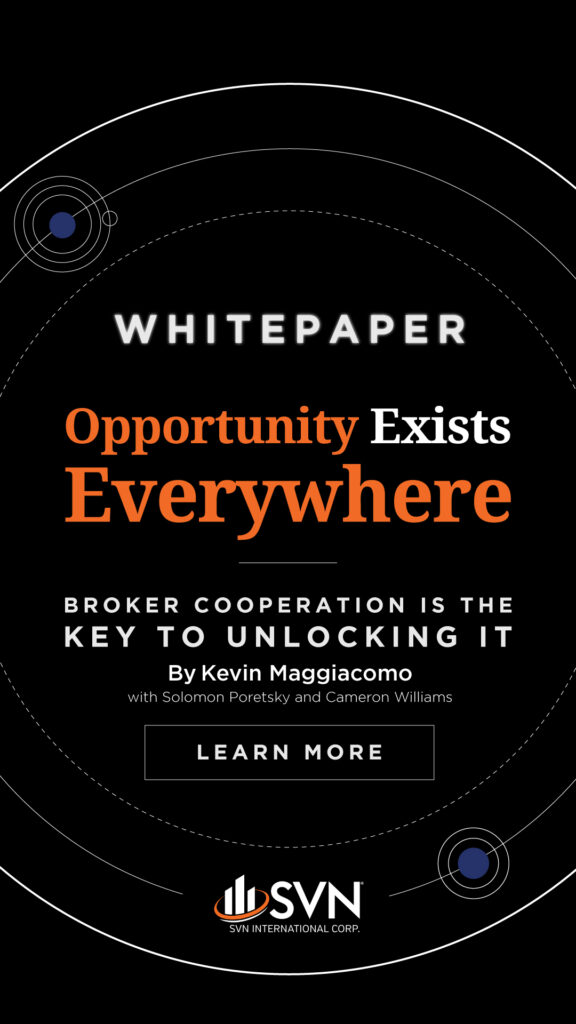
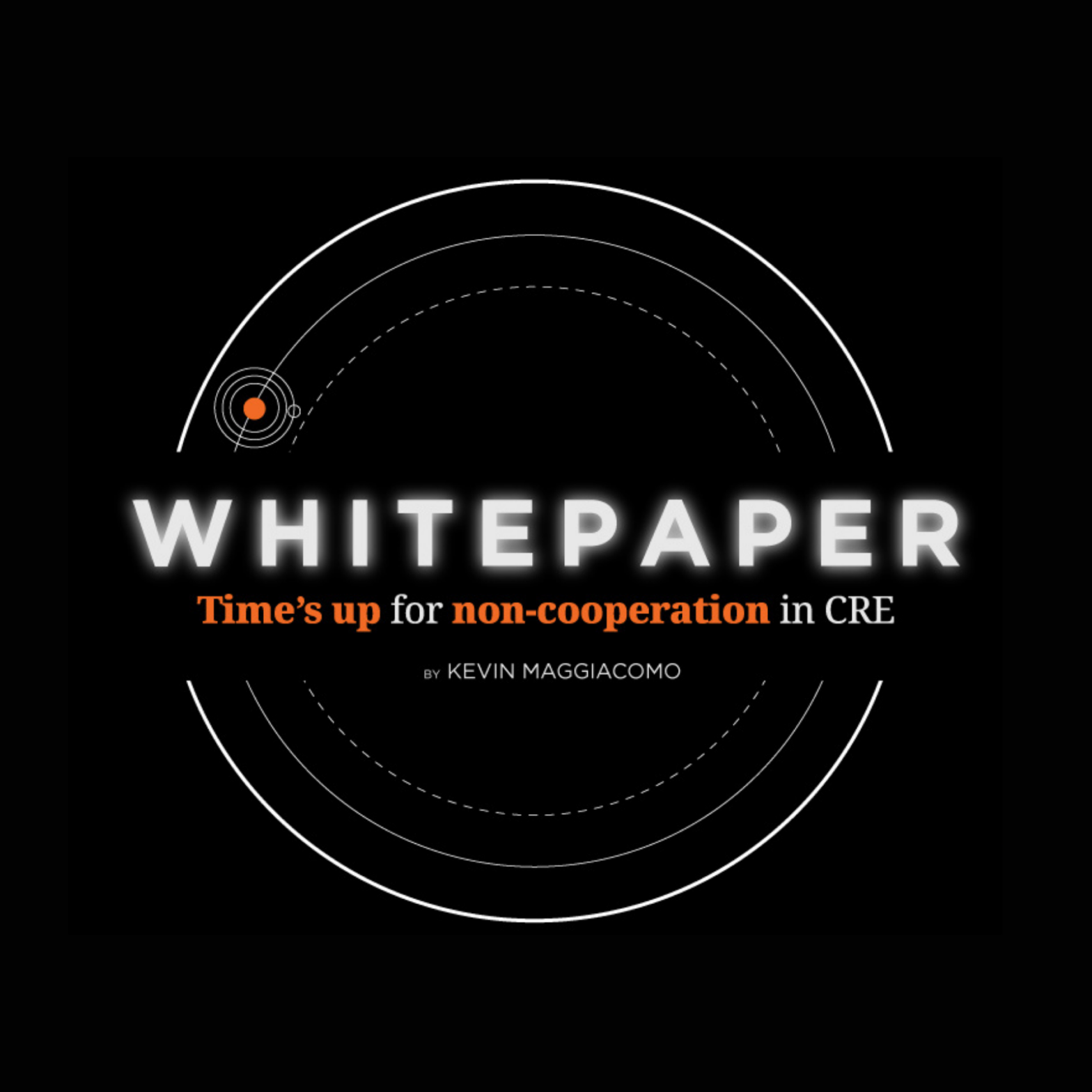
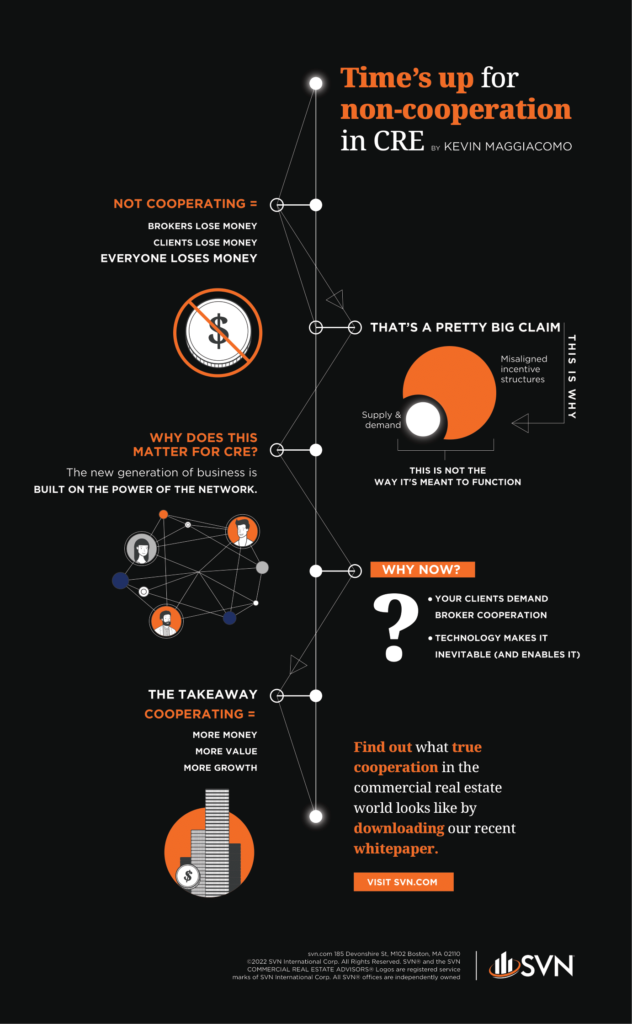



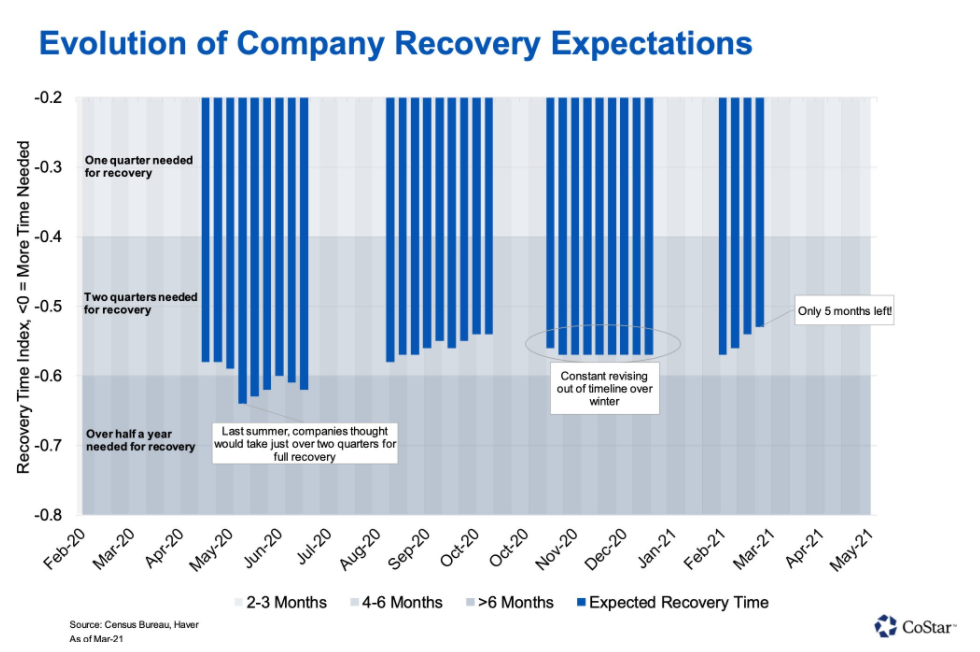


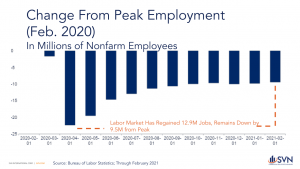
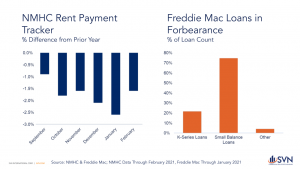


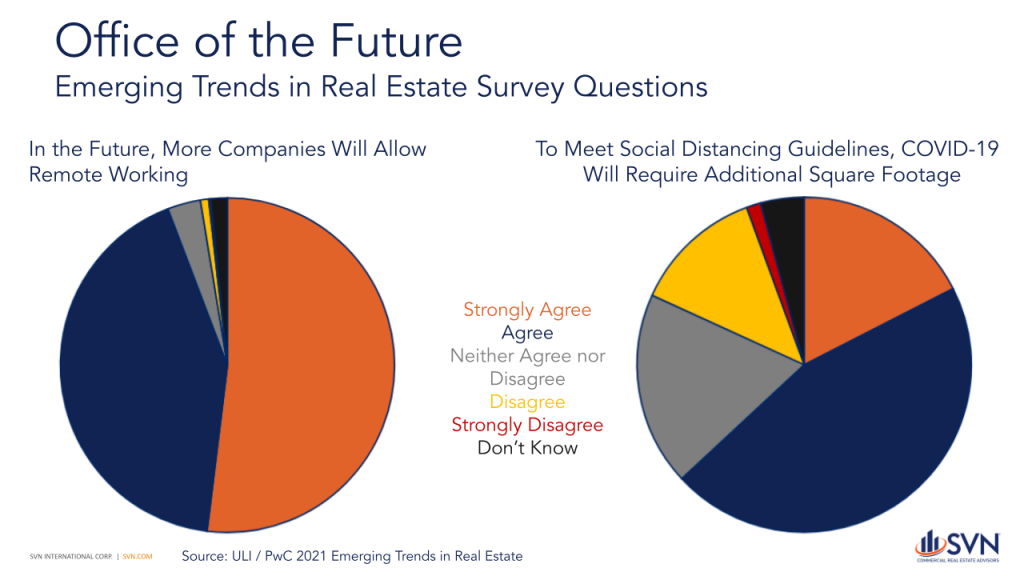
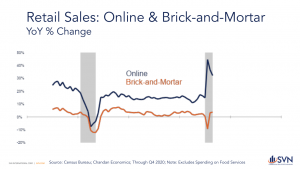
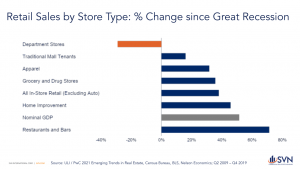
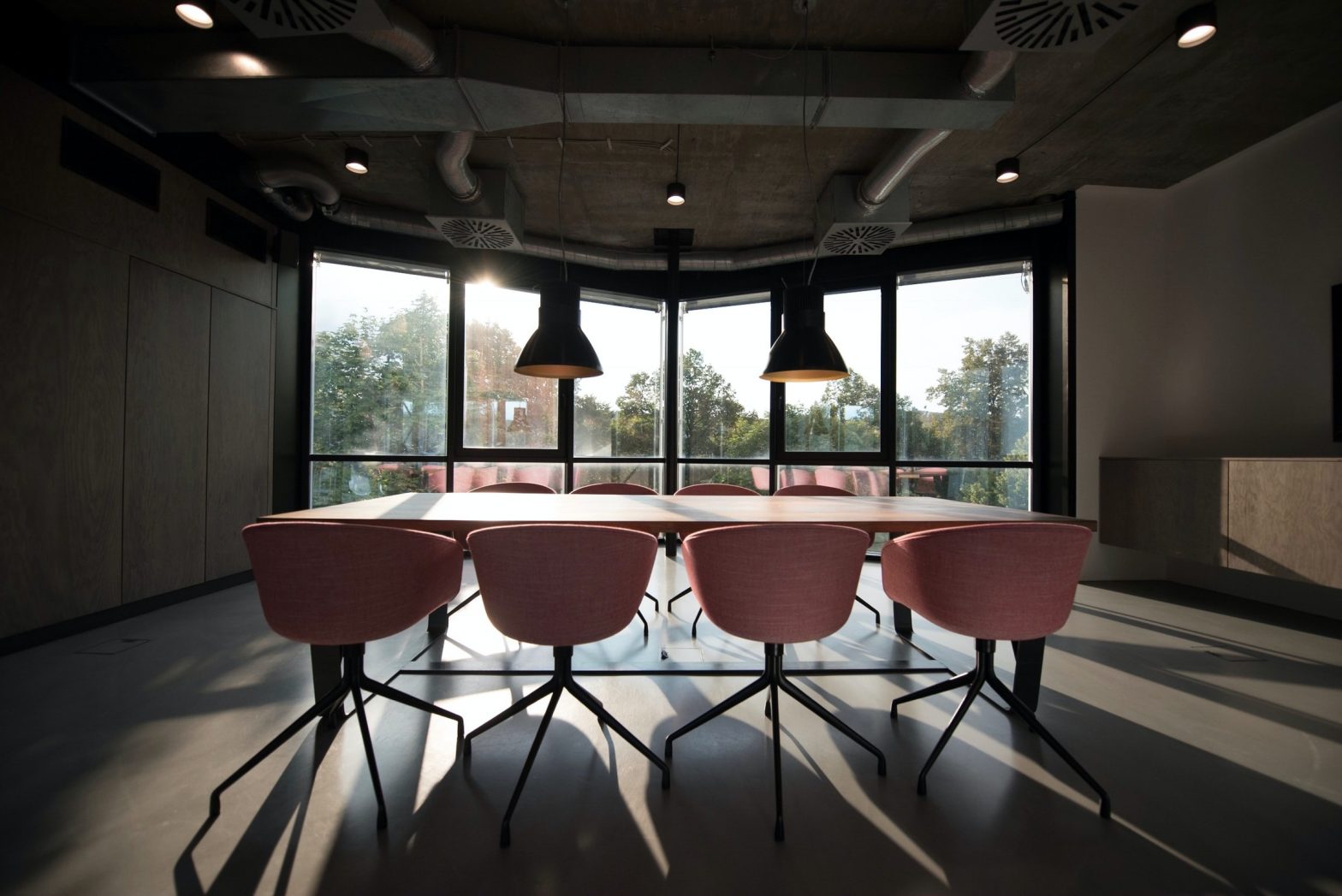


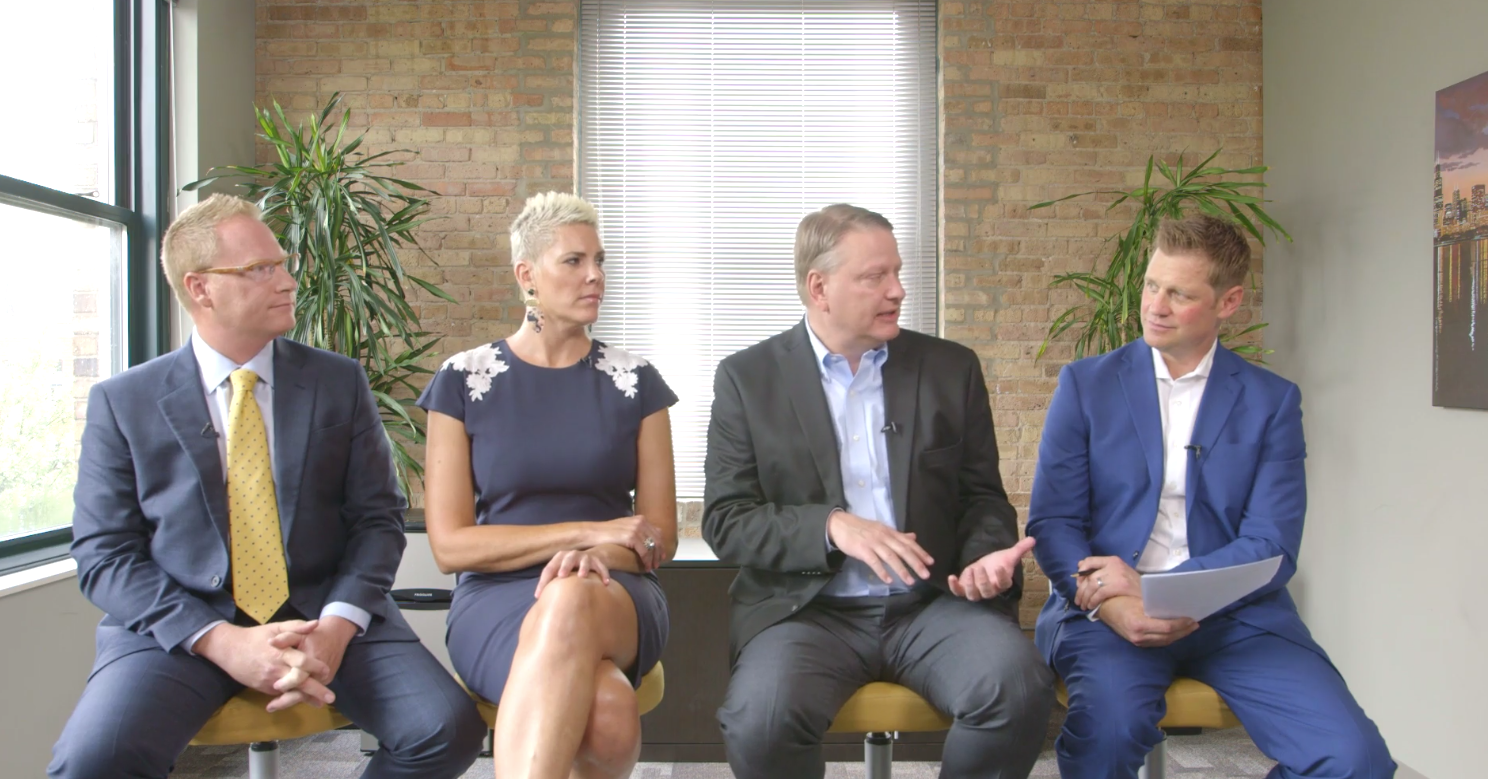
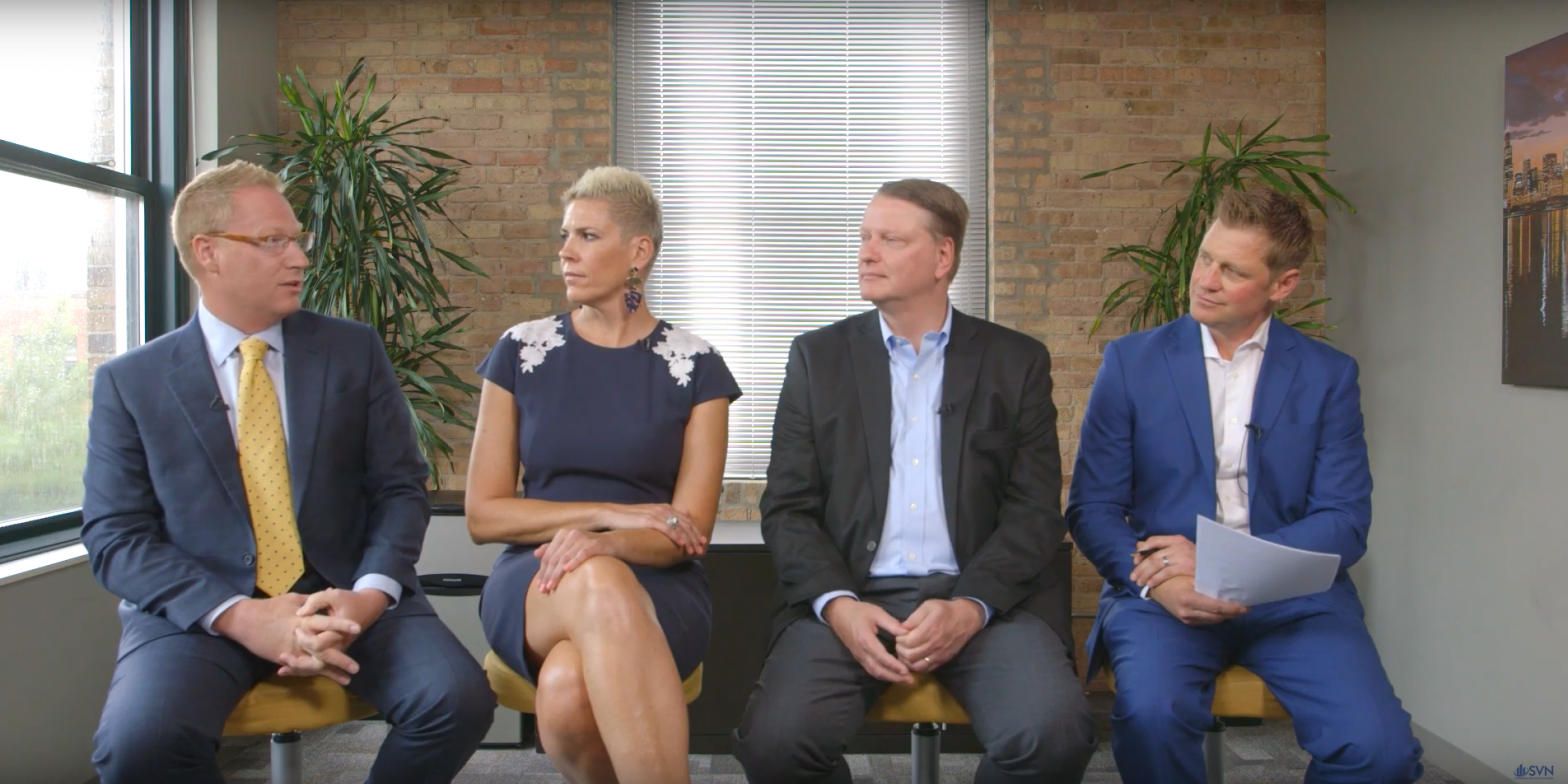




 If you read my recent blog post about the
If you read my recent blog post about the
 If you read my recent blog post about the
If you read my recent blog post about the
 If you read my recent blog post about the
If you read my recent blog post about the Just being with SVN means you are a collaborator. And one could say that when you specialize in national accounts, you would naturally be a good collaborator. However, when you run your national accounts in a manner where nearly half the company writes in to nominate you, it means that you are the company’s best collaborator. As we are a company founded on collaboration both internally and externally, it’s with great pride that we present this award to
Just being with SVN means you are a collaborator. And one could say that when you specialize in national accounts, you would naturally be a good collaborator. However, when you run your national accounts in a manner where nearly half the company writes in to nominate you, it means that you are the company’s best collaborator. As we are a company founded on collaboration both internally and externally, it’s with great pride that we present this award to  If you read my recent blog post about the
If you read my recent blog post about the What can we say about
What can we say about  If you read my recent blog post about the
If you read my recent blog post about the Steve Kawulok
Steve Kawulok


 advisor who may lack in years in the business, but does not lack in tools, resources and initiative. Note that in commercial real estate, the term “junior” doesn’t necessarily refer to the age of the broker or advisor, but more likely the years in the industry. Many of our own top SVN advisors already had successful careers in completely different industries. Why work with a less experienced advisor? First of all, most established firms are relatively selective about who they recruit, so the odds are that you’ll get someone pretty good. Second of all, that advisor should be desperate to do a good job so that they can build their resume. They will give your deal much more attention than a more experienced advisor will. (We note this also works when selecting attorneys!)
advisor who may lack in years in the business, but does not lack in tools, resources and initiative. Note that in commercial real estate, the term “junior” doesn’t necessarily refer to the age of the broker or advisor, but more likely the years in the industry. Many of our own top SVN advisors already had successful careers in completely different industries. Why work with a less experienced advisor? First of all, most established firms are relatively selective about who they recruit, so the odds are that you’ll get someone pretty good. Second of all, that advisor should be desperate to do a good job so that they can build their resume. They will give your deal much more attention than a more experienced advisor will. (We note this also works when selecting attorneys!)


